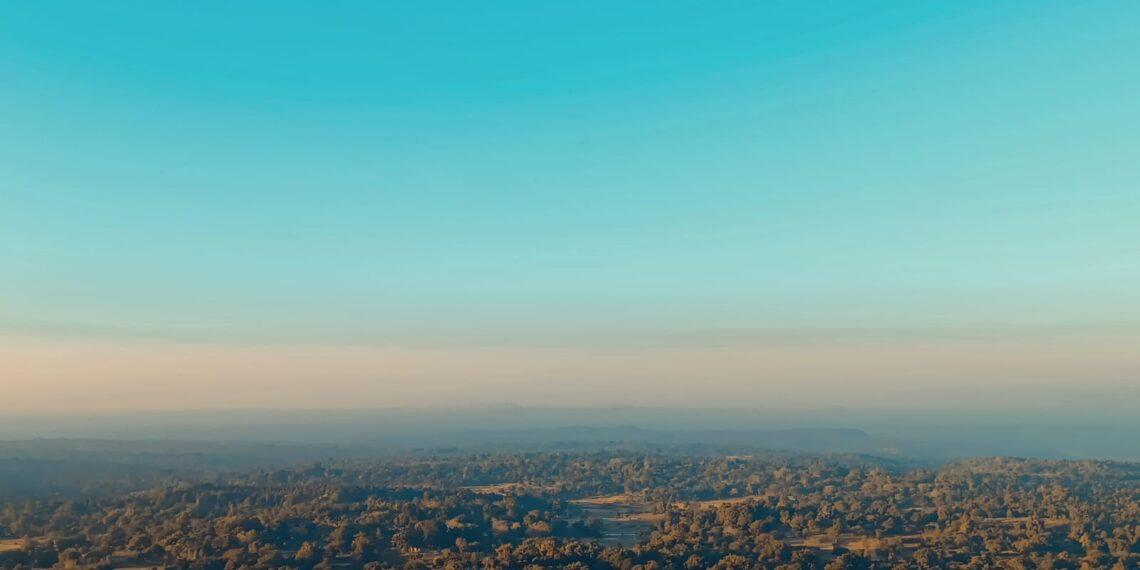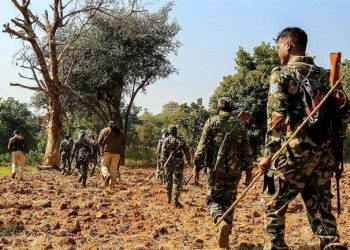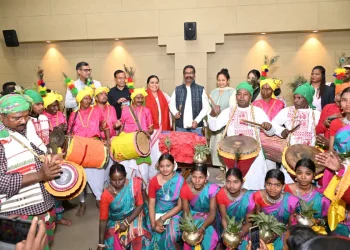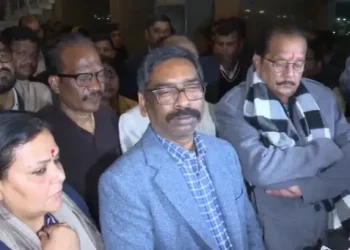Ranchi
Nine days after the full moon night every December, tribals, particularly the Mundas, have been assembling for ages without fail on the Sukwan Buru ‘Mountain’ in Maranghada panchayat of Khunti district, some 40 kms east of the district headquarters and about 64 kms from Ranchi.
The tribals worship the Mountain God (Sukwan Buru Bonga) that “takes care of all their shortcomings and encourages co-existence of all living beings”. The Sukwan Buru is also the ‘meeting point’ of three villages — Dulmi, Totada and Sukwandih.

But the main attraction is a popular myth among them that “one’s life expectancy increases by 10 years or one’s youthfulness is revived by 10 years”, after scaling the hillock, which, incidentally, is not very difficult to scale for all age groups.
Several historians and anthropologists firmly hold that natives of this village camped on this hillock to keep an eye on the activities of their enemies moving around in the plains. Here they jointly worked out action plans to safeguard their land and indigenous culture from the foreign invaders. The Sukwan Buru ‘Mountain’ was also one of the most important base camps of the Munda warriors.
Dr Shyama Prasad Mukherjee University’s Anthropology teacher Dr Abhay Sagar Minz, who is also the Director of International Documentation Centre for Endangered Languages, explained that this mountain is very sacred also because it facilitates rainfall. The mountain checks the speed of winds and forces their upward movement, thereby, causing rainfall.
“In so far as the myth regarding rejuvenating youthfulness is concerned, this mountain is 500 feet tall. Anyone scaling this height will naturally be physically fit and also doing enough physical exercises in due course. He or she will have to stay fit enough if they wish to come again,” Minz argued while speaking with The Indian Tribal.
The festivities begin early in the morning, with Pahans and Pujaras (tribal priests) performing the rituals. The devotees also pay homage to the martyrs who laid down their lives safeguarding the interests of tribals. Their names are engraved in the ‘Pathalgarhi’. In 1982, hundreds of tribals locked horns with the official machinery, when they tried to install a tower atop the hillock.
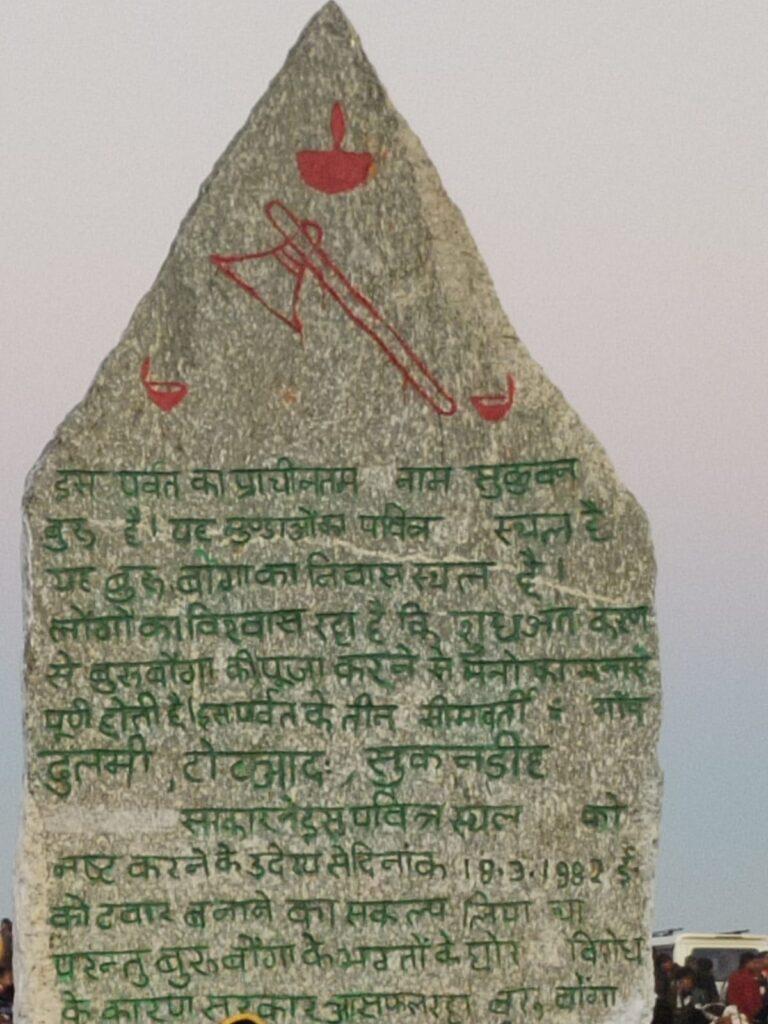
After the traditional Puja rituals, a day-long mela begins. People from far flung areas, throng the mela with their families. Kite flying is a special attraction of this mela. These kites are of different shapes and sizes. All locally made. They even use grass-made strings and adhesives found in trees to fly their kites. Sometimes the kites are bigger than the height of the kite flier himself.
And, there is no competition during kite flying. No one fells other’s kite. Traditional cultural shows too are performed. But, here too there is no competition. “Because, this is a festival of co-existence of ‘all entities’,” experts point out.
“Earlier, the worship of Buru Bonga (Mountain) God was mainly confined to Mundas of three villages of the Maranghada panchayat. But now, Mundas from all over Ranchi, Khunti, Gumla and Simdega districts too have begun actively participating in the festivities. This year, it was celebrated on December 16,” Dr Ram Dayal Munda Tribal Research Institute Director Ranendra Kumar tells The Indian Tribal.
The tribals continue scaling up the hillock throughout winter.











